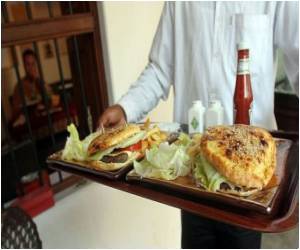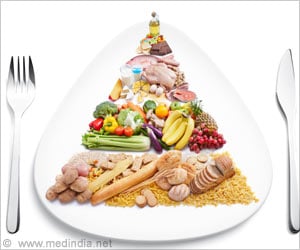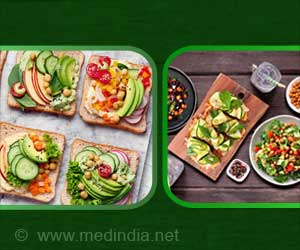A new study has shown that when it comes to estimating calorie counts, we aren't really on the ball - may be because of the order in which we encounter the food.

"The focus on sequential estimation is important because many meals are ordered and consumed sequentially rather than at once. Moreover, to control their daily calorie intake, people often estimate not only the amount of calories contained in each meal but also the total calories consumed during the day."
In one of Chernev's studies, he found that a group of participants' impressions of how many calories a cheeseburger had depended on whether they were first shown a salad or the cheeseburger.
The people who saw the cheeseburger first thought it had 570 calories, whereas the participants who first estimated the calories of the salad thought the cheeseburger had 787 calories-a 38 percent difference.
"Simply switching the order in which our respondents evaluated the two meals resulted in significant changes in their perceived calorie content," Chernev writes. Reversing the order in which the respondents considered the items also increased the overall calorie estimation from 757 to 1,097 calories.
When the foods are quite dissimilar (a "virtuous" salad versus an "indulgent" slice of cheesecake), people get even more confused about calories. Even though participants knew a fruit salad had fewer calories than a piece of cheesecake, they perceived a salad/cheeseburger sequence to have more calories than a cheesecake/cheeseburger combo.
Advertisement
Source-ANI












